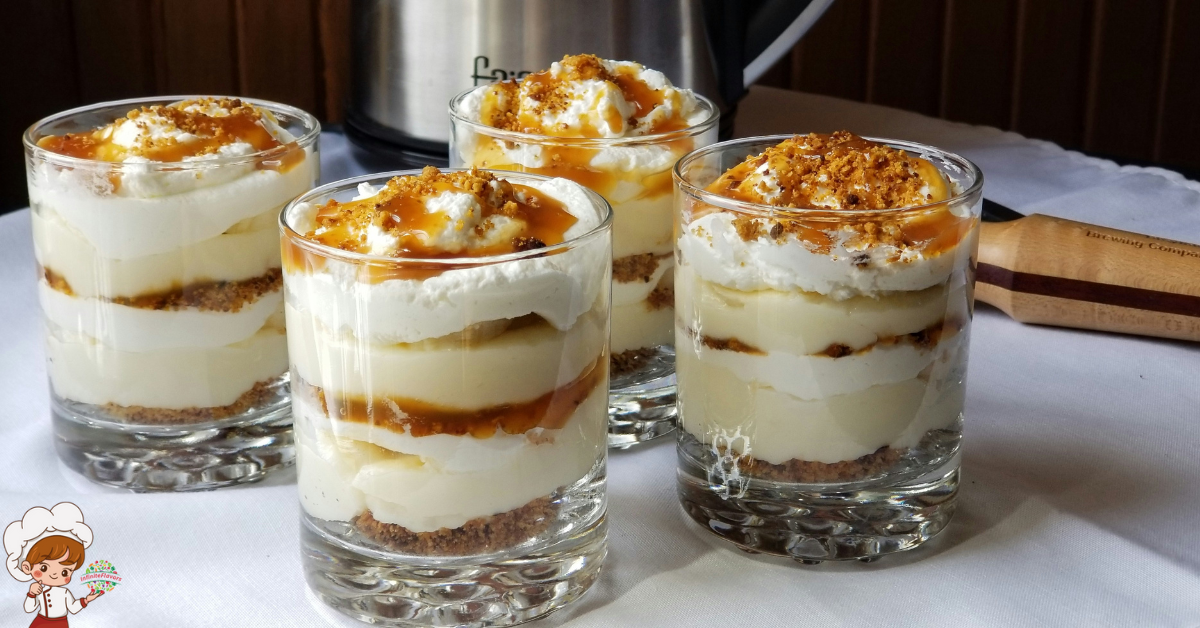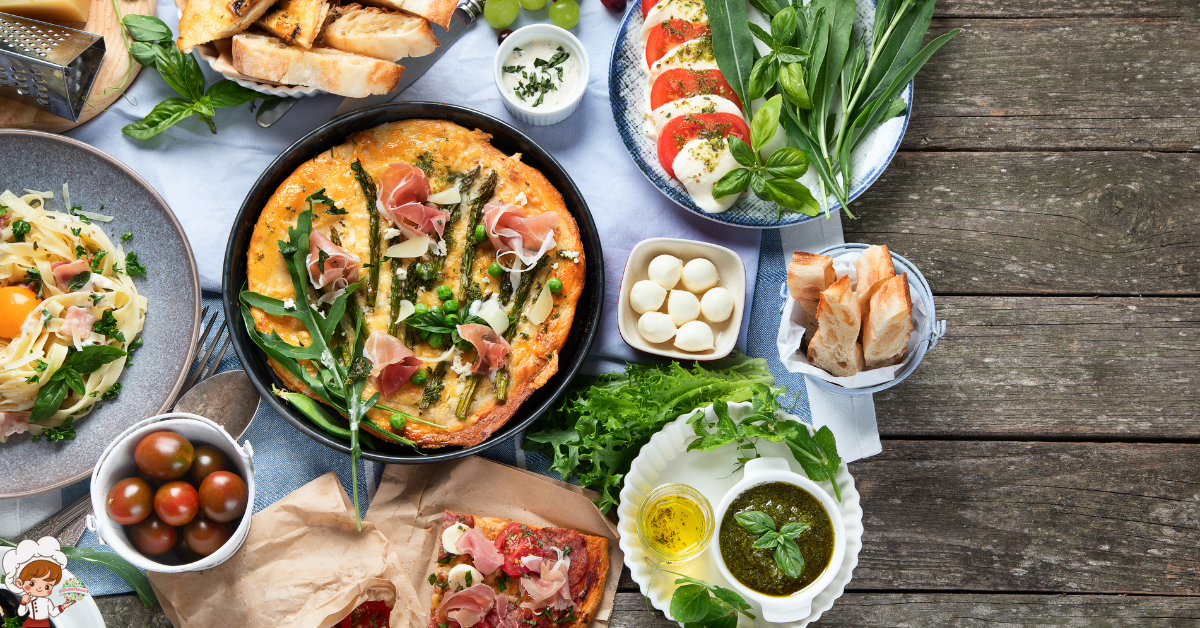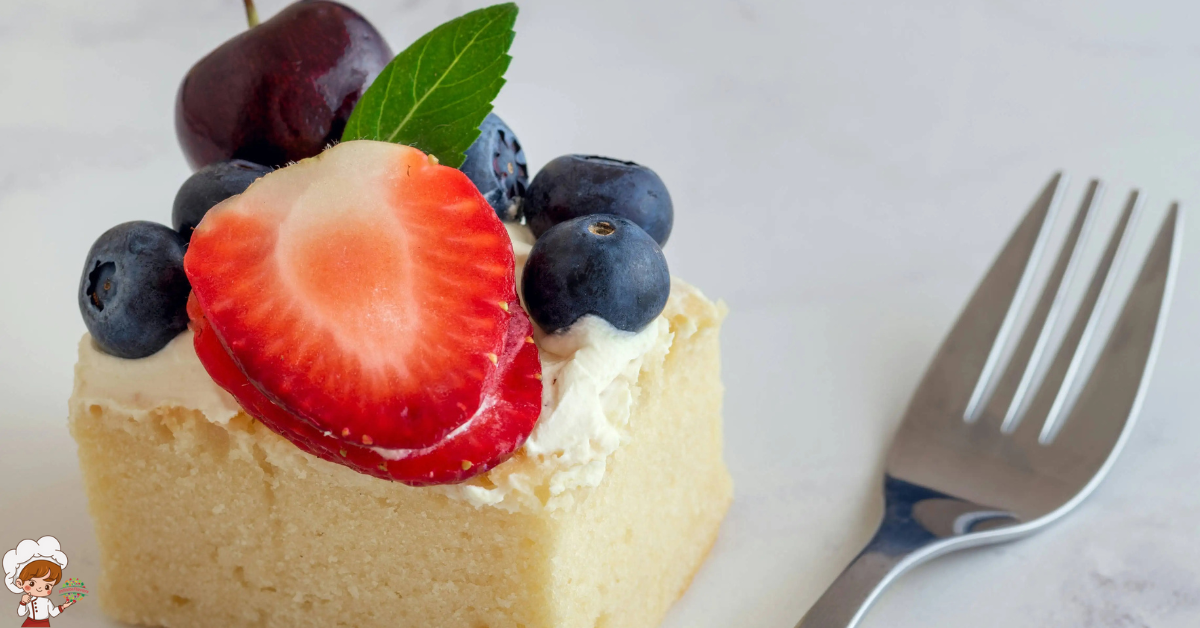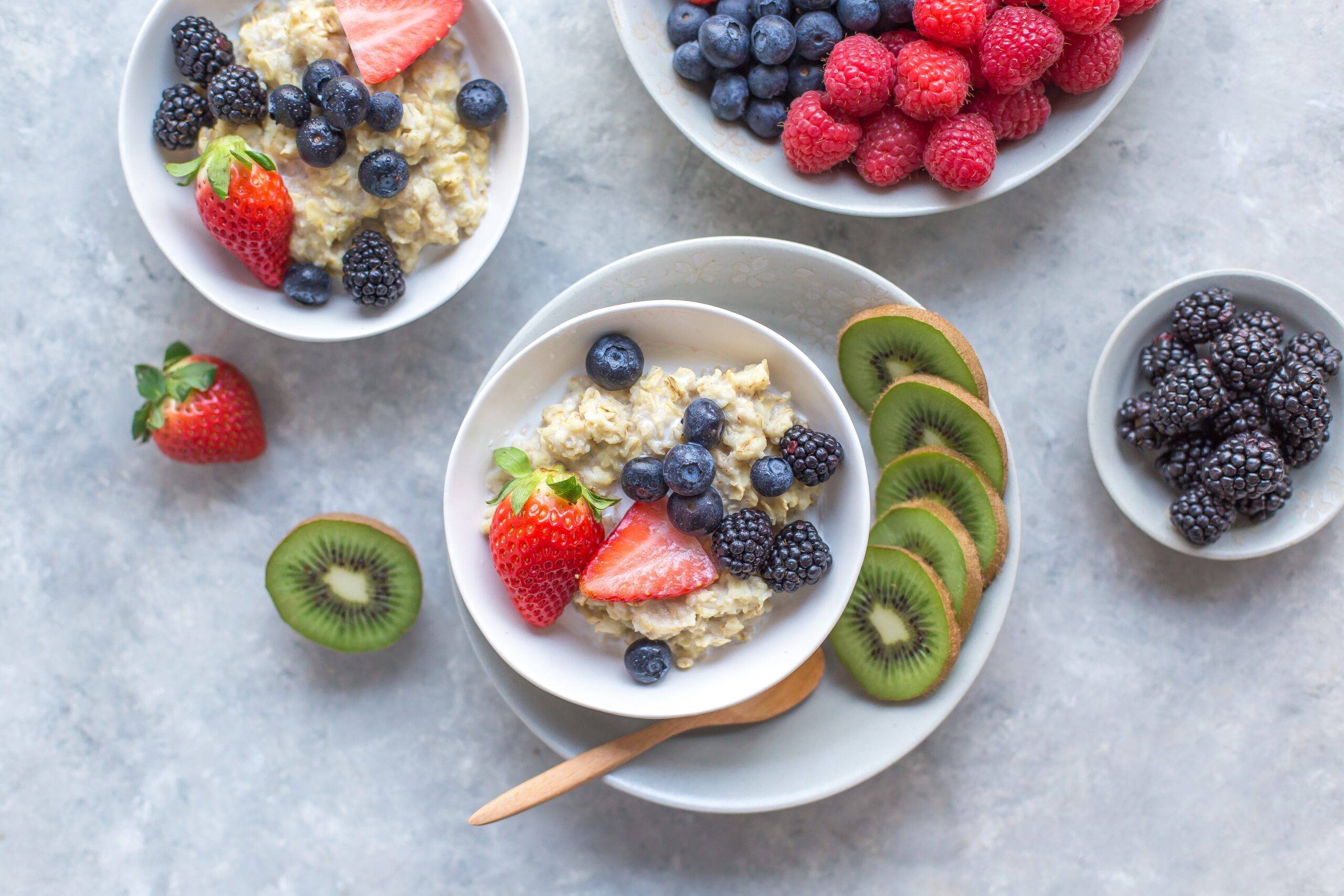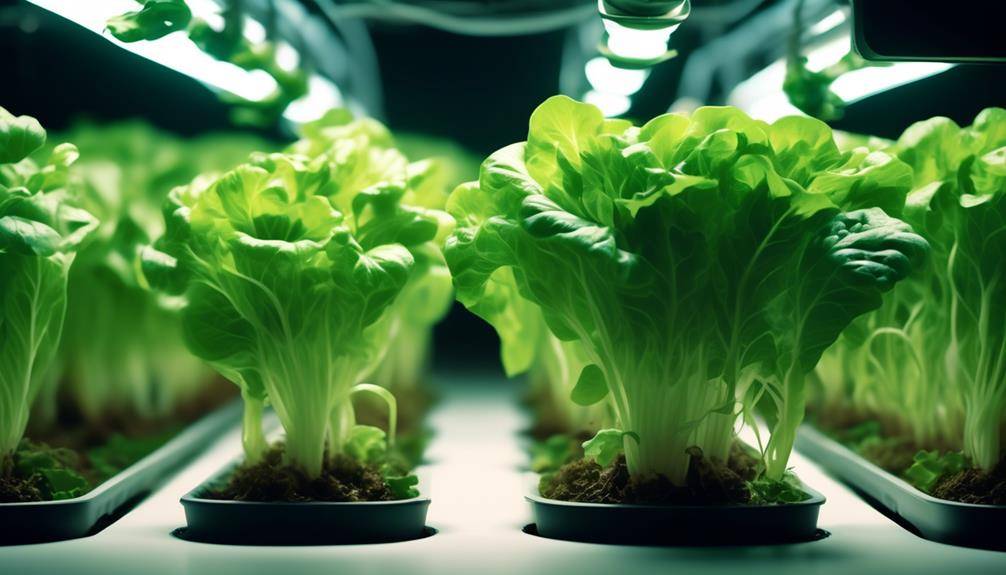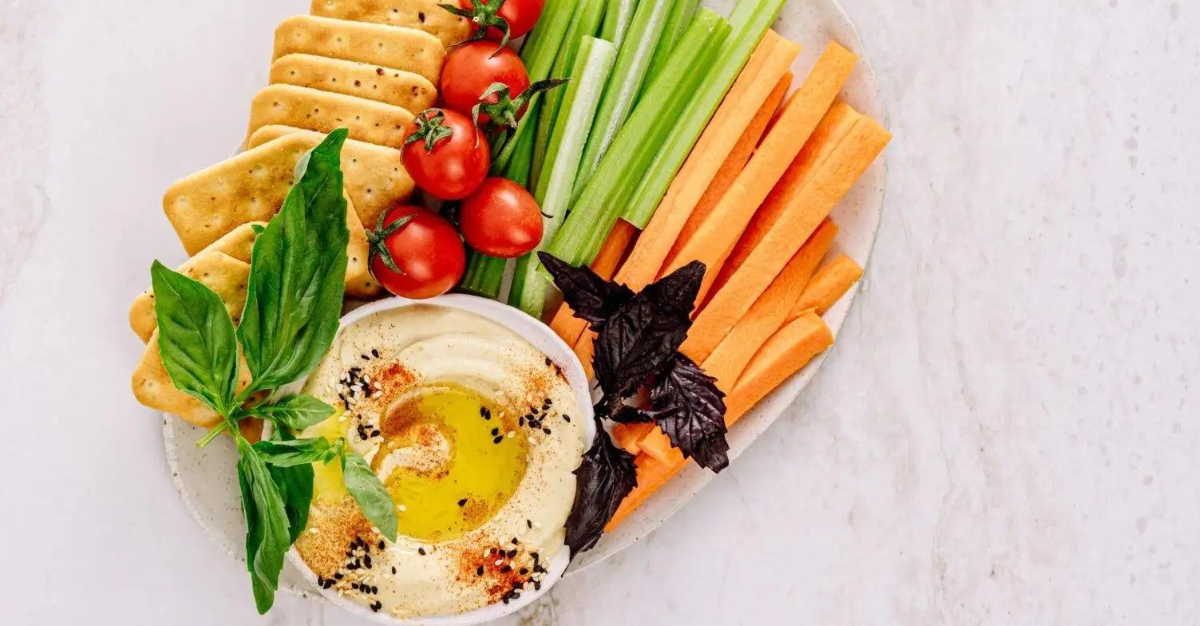How To: 3 Beginner Tips For Perfect Pastry Creation
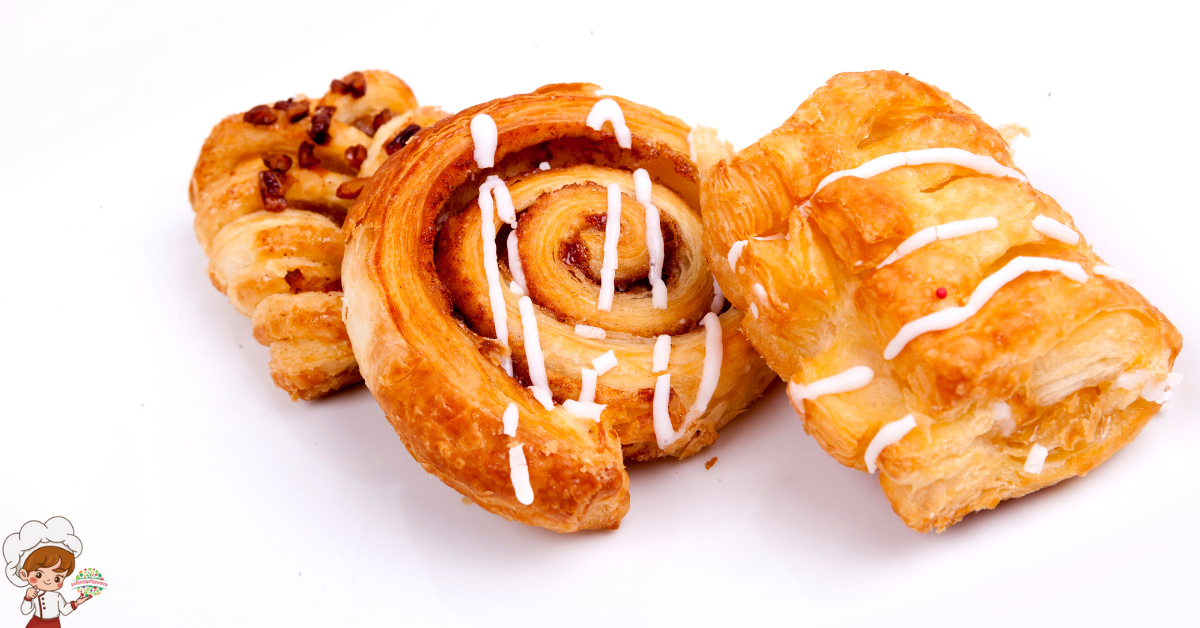
Are you tired of your pastry creations falling flat? Looking to take your baking skills to the next level? Look no further. 3 Beginner Tips For Perfect Pastry Creation; In this discussion, we will explore three beginner tips that are bound to elevate your pastry game. These tips are simple, yet crucial, and they will help you achieve that perfect flaky crust and delicious filling you’ve always dreamed of. So, buckle up and get ready to discover the secrets to pastry perfection.
Choose the Right Ingredients
To create perfect pastries, it is essential to carefully select the right ingredients for your recipe. When it comes to choosing the right ingredients for pastry dough, there are a few key factors to consider. First, let’s explore the different types of pastry dough. There are various options available, each with its own unique characteristics. Puff pastry, for example, is known for its light and flaky texture, while shortcrust pastry is more dense and crumbly. Filo pastry, on the other hand, is incredibly thin and delicate. By understanding the qualities of each type of dough, you can select the one that best suits your desired pastry outcome.
Now, let’s delve into some common mistakes to avoid when choosing ingredients for your pastry dough. One mistake often made is using the wrong type of flour. Different types of flour have different protein content, which affects the structure and texture of the dough. For example, bread flour has a higher protein content, resulting in a chewier texture, while cake flour has a lower protein content, resulting in a lighter and more delicate texture. Another mistake to avoid is using cold butter instead of room temperature butter. Cold butter does not incorporate well into the dough and can lead to a tougher texture. Additionally, using expired or low-quality ingredients can negatively impact the taste and texture of your pastries.
To create perfect pastries, take the time to select the right ingredients for your recipe. Consider the different types of pastry dough and choose the one that aligns with your desired outcome. Be mindful of common mistakes, such as using the wrong type of flour or using cold butter. By carefully selecting high-quality ingredients and avoiding these common pitfalls, you’ll be well on your way to creating pastry perfection.
Master the Art of Dough Preparation
To master the art of dough preparation, you must carefully select the right flour for your pastry. The type of flour you choose will greatly affect the texture and flavor of your dough. Additionally, you should focus on mastering proper mixing techniques to ensure that your dough is well-incorporated and has the perfect balance of moisture and elasticity.
Flour Selection
For the art of perfect dough preparation, mastering the selection of the right flour is key. The type of flour you choose will greatly impact the texture, taste, and overall success of your pastry creation. Here are four important considerations to help you make the best flour selection:
- Gluten development: If you desire a light and airy texture, opt for a flour with lower protein content, such as cake flour. For a chewier texture, choose a flour with higher protein content, like bread flour.
- Alternative flours: Experiment with alternative flours like almond flour, coconut flour, or spelt flour to add unique flavors and textures to your pastries.
- Grain type: Different grains, such as wheat, rye, or barley, offer distinct flavors and characteristics. Consider these variations to enhance the taste of your pastries.
- Fineness: The fineness of the flour affects the final texture. Finer flour will result in a smoother, more delicate pastry, while coarser flour will provide a heartier texture.
Proper Mixing Techniques
Mastering the art of dough preparation requires a deep understanding of proper mixing techniques, which are essential in achieving the perfect texture and consistency for your pastries. To begin, it is crucial to have the right mixing equipment. A stand mixer with a paddle attachment is ideal for most doughs, as it combines ingredients evenly and efficiently.
However, if you prefer a more hands-on approach, a sturdy wooden spoon or even your hands can work wonders. Next, pay close attention to mixing time. Overmixing can result in tough, dense pastries, while undermixing can lead to uneven distribution of ingredients. Follow the recipe instructions carefully and mix just until the ingredients are fully incorporated. Remember, practice makes perfect, so experiment with different mixing techniques to find the one that works best for you.
Perfect Your Rolling Technique
Now it’s time to perfect your rolling technique, a crucial step in creating the perfect pastry. The key to success lies in using a proper rolling technique, ensuring that your dough is evenly rolled out to achieve flaky layers. By applying gentle pressure and using smooth, controlled motions, you’ll be able to create a masterpiece that is both visually appealing and delightfully delicious.
Proper Rolling Technique
To achieve the perfect pastry creation, mastering the art of proper rolling technique is essential. A flaky crust and even thickness are the hallmarks of a well-rolled pastry. Here are four crucial tips to help you perfect your rolling technique:
- Relax and rest the dough: Before rolling, let the dough rest in the refrigerator for at least 30 minutes. This will prevent any shrinking or tearing while rolling.
- Use a light touch: Apply gentle pressure when rolling the dough. Avoid pressing too hard, as this can lead to uneven thickness and tough pastry.
- Roll from the center outwards: Start rolling from the center of the dough and work your way outwards. This ensures even thickness throughout and prevents the edges from becoming too thin.
- Rotate the dough: Periodically rotate the dough while rolling to maintain an even shape and thickness.
Flaky Pastry Layers
Achieving the perfect flaky pastry layers is the next step in perfecting your rolling technique. To achieve the perfect flakiness, you need to consider the choice of fat in your pastry dough. Butter and shortening are the two main options, each with their own advantages. Butter adds a rich flavor and creates a crisp, flaky texture, while shortening produces a lighter, airier result. For the ultimate flaky layers, a combination of both can be used.
When incorporating the fat into the dough, it is important to work quickly and keep it cold to prevent it from melting. The small pockets of fat that remain in the dough will create steam during baking, resulting in those beautiful, flaky layers we all crave. So, take your time and master the art of rolling to achieve pastry perfection.
Embrace the Importance of Temperature
Mastering the art of pastry creation requires a deep understanding of the critical role that temperature plays in achieving the perfect result. Temperature control is key in creating delicate and flaky pastries, as it affects both the texture and consistency of the dough. To truly embrace the importance of temperature, consider the following:
- Chilled Butter: The temperature of the butter is crucial in achieving the desired flakiness in your pastry. Using chilled butter helps create pockets of steam during baking, resulting in a light and airy texture.
- Cold Water: When adding liquid to your dough, opt for cold water. Using cold water helps maintain the butter’s temperature and keeps it from melting too quickly, ensuring a flaky and tender crust.
- Refrigeration: After preparing your dough, allow it to rest in the refrigerator. This not only allows the flavors to develop but also gives the gluten in the dough time to relax, resulting in a more tender and easy-to-work-with pastry.
- Oven Temperature: Pay attention to the temperature of your oven. Preheating it properly ensures even baking and prevents the dough from becoming too soft or melting before it has a chance to set.
Don’t Skip the Chilling Time
Chilling your pastry dough is an essential step that should never be overlooked. The importance of chilling cannot be stressed enough when it comes to creating perfect pastries. This crucial step allows the dough to rest and relax, resulting in a more tender and flaky texture.
When you chill your pastry dough, you are giving it time to hydrate properly. This is especially important if you are working with a dough that contains gluten, such as pie crust or puff pastry. The chilling process allows the gluten strands to relax, preventing them from becoming tough and chewy. As a result, your pastries will have a delicate and melt-in-your-mouth consistency.
Another benefit of resting your dough in the refrigerator is that it allows the fat in the dough to solidify. This is particularly important for recipes that call for cold or frozen butter. When the butter is chilled, it remains in solid form during baking, creating air pockets that give your pastries their signature flakiness. Skipping the chilling time can cause the butter to melt too quickly, resulting in a dense and greasy finished product.
In addition to enhancing the texture of your pastries, chilling the dough also improves the flavor. The resting period allows the ingredients to meld together, resulting in a more harmonious and developed taste. So, don’t rush the process. Embrace the benefits of resting your pastry dough in the refrigerator, and you’ll be rewarded with perfectly flaky and delicious treats every time.
Experiment With Different Fillings and Flavors
After perfecting the art of chilling your pastry dough, it’s time to embark on a delightful journey of experimenting with different fillings and flavors. This is where your creativity can truly shine, as you explore unique and exciting combinations that will tantalize your taste buds. Here are some creative filling ideas and different flavor combinations to inspire you:
- Salted Caramel Apple: Sweet and savory come together in this delectable combination. The tartness of the apples is complemented by the rich and gooey salted caramel, creating a harmonious balance of flavors.
- Chocolate Raspberry: Indulge in the decadence of chocolate paired with the bright, tangy notes of fresh raspberries. The smooth and velvety chocolate ganache combined with the burst of fruity goodness will leave you craving for more.
- Lemon Blueberry: Bright and refreshing, this pairing is perfect for a summer treat. The zesty lemon filling is enhanced by the burst of sweetness from the juicy blueberries, creating a burst of flavors that dance on your palate.
- Matcha White Chocolate: For the adventurous taste buds, try the unique combination of earthy matcha and creamy white chocolate. The subtle bitterness of matcha is balanced by the sweetness of white chocolate, resulting in a sophisticated and indulgent filling.
With these different flavor combinations and creative filling ideas, you can transform a simple pastry into a culinary masterpiece. Don’t be afraid to experiment and push the boundaries of traditional flavors. Let your imagination run wild and create your own signature fillings that will leave your friends and family in awe. So, grab your apron and get ready to embark on a delicious and exciting pastry adventure!
Learn the Art of Blind Baking
To achieve pastry perfection, one must delve into the art of blind baking, a technique that is essential for creating the perfect base for your delectable fillings. Blind baking refers to the process of pre-baking a pastry crust before adding the filling. This technique has several benefits that contribute to the overall success of your pastry creation.
One of the main benefits of blind baking is that it ensures a crisp and flaky crust. By pre-baking the crust, you allow it to set and develop a sturdy structure. This prevents the filling from seeping into the crust and making it soggy. The result is a crust that is beautifully golden, with a satisfying crunch in every bite.
There are a few techniques to master when it comes to blind baking. First, you’ll need to prepare your pastry dough and line your pie dish. Once the dough is in the dish, you’ll want to dock it by pricking the bottom with a fork. This helps to prevent the crust from puffing up during baking. Next, you’ll need to weigh down the crust using pie weights or dried beans. This helps to keep the shape of the crust intact, preventing it from shrinking or bubbling up.
Preheat your oven to the specified temperature and then bake the crust for a certain amount of time, usually around 10-15 minutes. Once it starts to turn golden, remove the weights and continue baking for a few more minutes until the crust is fully cooked and beautifully browned.
Learning the art of blind baking is an essential skill for any aspiring pastry chef. By understanding the benefits of blind baking and mastering the techniques involved, you’ll be able to create the perfect base for your delicious fillings, resulting in pastry perfection every time.
Practice Proper Pastry Storage Techniques
Properly storing your pastry creations is essential to maintain their freshness and quality. Pastry storage techniques play a crucial role in preserving the delicate flavors and textures that you worked so hard to achieve during dough preparation. Here are some tips to ensure your pastries stay in their prime:
- Wrap it up: Once your pastries have cooled completely, wrap them tightly in plastic wrap or place them in an airtight container. This will prevent them from drying out and keep them fresh for longer.
- Refrigerate or freeze: Depending on the type of pastry, refrigerating or freezing can be a great storage option. For short-term storage, refrigeration works well, while freezing is ideal for longer periods. Just make sure to wrap them properly to prevent freezer burn.
- Label and date: When storing pastries in the freezer, it’s important to label and date them. This will help you keep track of their freshness and prevent any confusion when it comes time to enjoy them.
- Thawing with care: If you’ve stored your pastries in the freezer, it’s essential to thaw them properly before consuming. Remove them from the freezer and let them thaw at room temperature or gently reheat them in the oven. This will ensure that they retain their delicious taste and texture.
3 Beginner Tips For Perfect Pastry Creation; Frequently Asked Questions
How Long Should I Chill My Pastry Dough Before Rolling It Out?
Chill your pastry dough for at least 30 minutes before rolling it out to prevent it from becoming too soft. Properly store the dough in the refrigerator in a tightly wrapped plastic wrap or zip-top bag to maintain its texture.
Can I Use Margarine Instead of Butter in My Pastry Dough?
Yes, you can use margarine instead of butter in your pastry dough. However, keep in mind that margarine has a higher water content, so your dough may be more soft and less flaky. To compensate, use cold margarine and chill the dough before rolling it out.
Can I Substitute Whole Wheat Flour for All-Purpose Flour in My Pastry Recipe?
You can substitute whole wheat flour for all-purpose flour in your pastry recipe. However, keep in mind that the texture and taste of the pastry may be different. Experiment and adjust accordingly for the desired results.
What Is Blind Baking and Why Is It Necessary for Certain Pastry Recipes?
Blind baking is necessary for certain pastry recipes to ensure a crisp and fully cooked crust. It involves pre-baking the pastry shell before adding the filling. Common mistakes include not properly weighing down the crust and undercooking it.
How Long Can I Store My Baked Pastries Before They Start to Lose Their Freshness?
You can store your baked pastries for up to three days before they start to lose their freshness. To ensure optimal freshness preservation, wrap them tightly in plastic wrap or store them in an airtight container.
Conclusion
In conclusion, mastering the art of pastry creation requires attention to detail and precision. By carefully selecting the right ingredients, mastering dough preparation and rolling techniques, and understanding the importance of temperature and chilling time, you can achieve perfect pastries every time. Don’t be afraid to experiment with different fillings and flavors, and remember to practice proper pastry storage techniques. With practice and dedication, you can create stunning and delicious pastries that will impress anyone who takes a bite.



